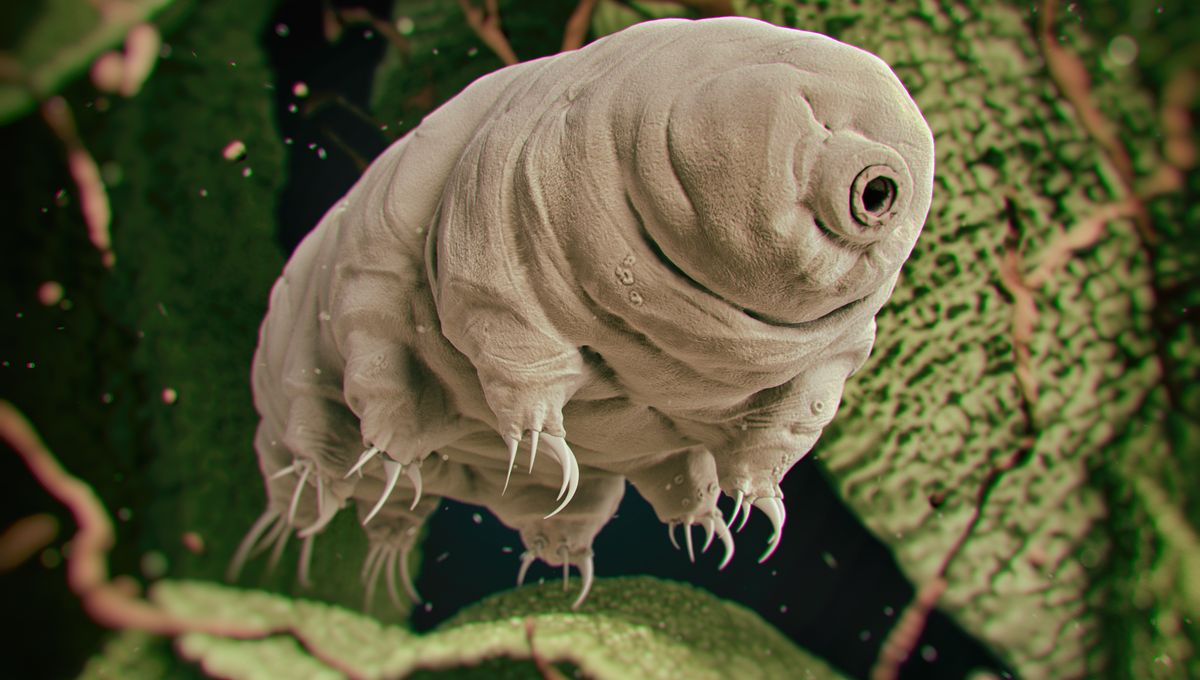
Forget flowers and chocolates, a hand-written poem, or an elaborate home-cooked meal – when it comes to tardigrades, it appears that romance is as simple as a scent. Researchers have uncovered the first evidence that everyone’s favorite chubby microscopic critters use waterborne chemical cues to attract and find mates.
Although tardigrades get up to some pretty wild sexual shenanigans, relatively little is known about how they go about attracting the opposite sex. There’s little to distinguish between males and females, making it unlikely that visual cues are involved. Instead, researchers turned to the theory that tardigrades might attract each other with alluring odors.
To find the answer to their question, the team constructed a water-submerged “arena” with two adjacent chambers, one containing a male tardigrade and the other containing a female. A third tardigrade was then placed between the two, and the researchers waited to see how the minibeast in the middle reacted. Move over Love Island, there’s a new reality dating show in town.
After hours of observations, the researchers concluded that the female was secreting a scent that attracted the male. Male tardigrades placed between the chambers were keen to reach the female and ignored the other male; females could pick up on the scent of both sexes, but went back and forth between the two. This suggested that, in pre-mating behavior, only males actively sought out the opposite sex.
To determine if the tardigrades could follow scent trails in a substance other than water, the research team this time carried out more of a “hide and seek” style experiment in an arena coated in agar, a jelly-like substance. They first placed a single tardigrade in the arena and gave them a five-minute head start, before releasing a member of the opposite sex to find them.
“They moved slowly, but much more than expected,” said study author Justine Chartrain from the University of Jyväskylä, Finland, in a statement, adding that many of the creatures had explored the whole arena. This time, however, neither male nor female tardigrades were successful at finding the opposite sex, suggesting they only pick up on chemical cues in water environments.
When tardigrades do find each other, their sex lives can be far richer and more varied than might be expected. Whilst this study only examined male-female mating behaviors, some marine species of these near-indestructible critters are bisexual, whilst others have been observed engaging in foreplay and what is best described as marathon sessions.
If that hasn’t successfully erased the cute and cuddly vision of tardigrades conjured up by their “water bear” nickname, I don’t know what will.
The study is published in the Journal of Experimental Biology.
[H/T: LiveScience]
Source Link: Male Tardigrades Can Find A Mate By Sniffing Them Out